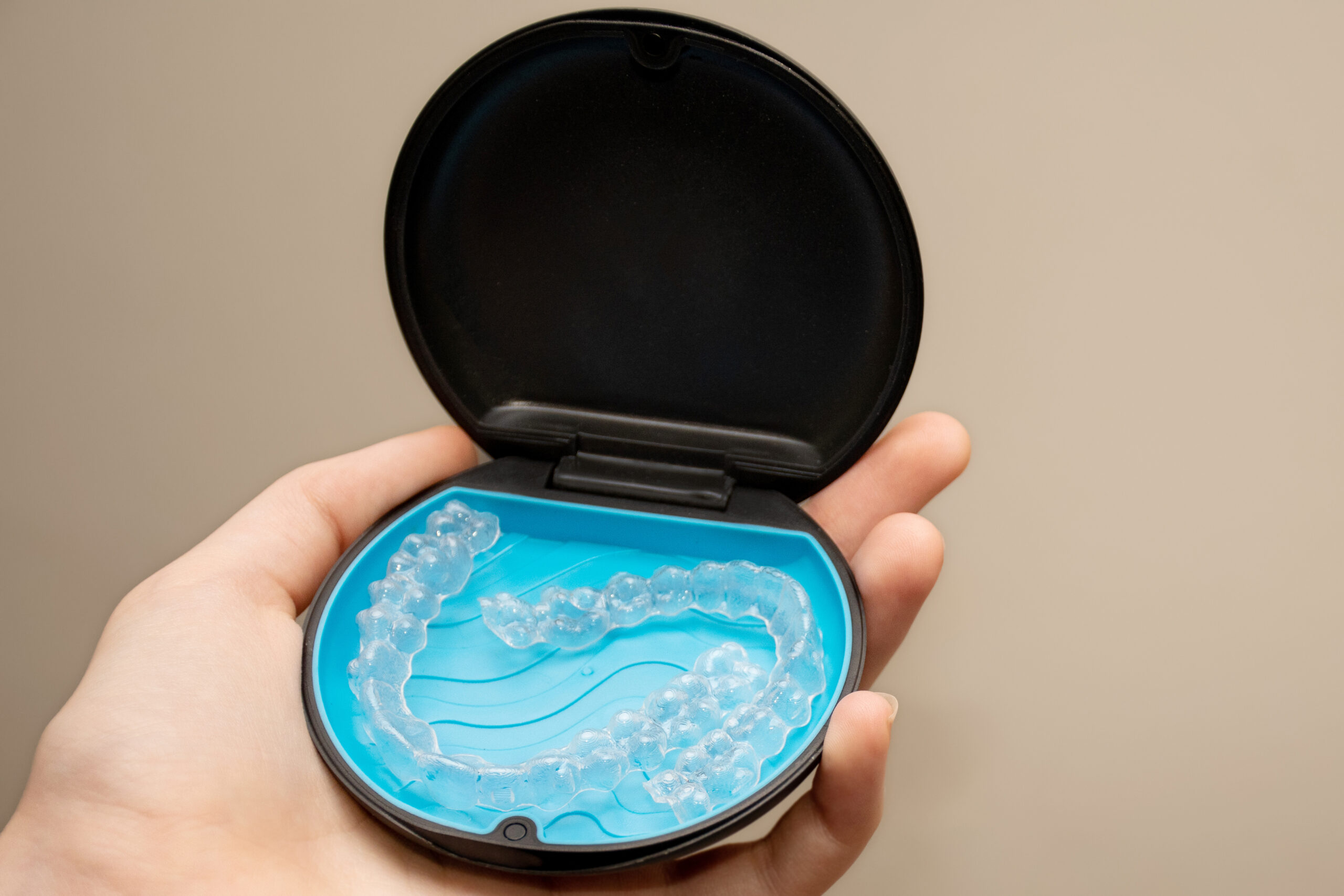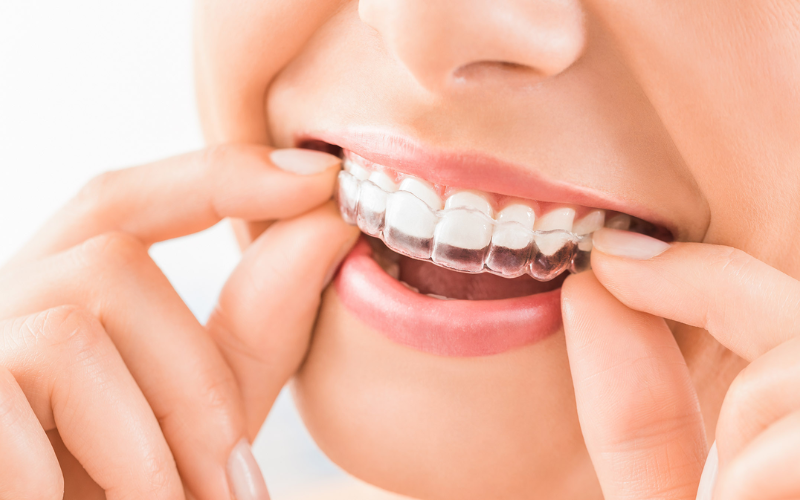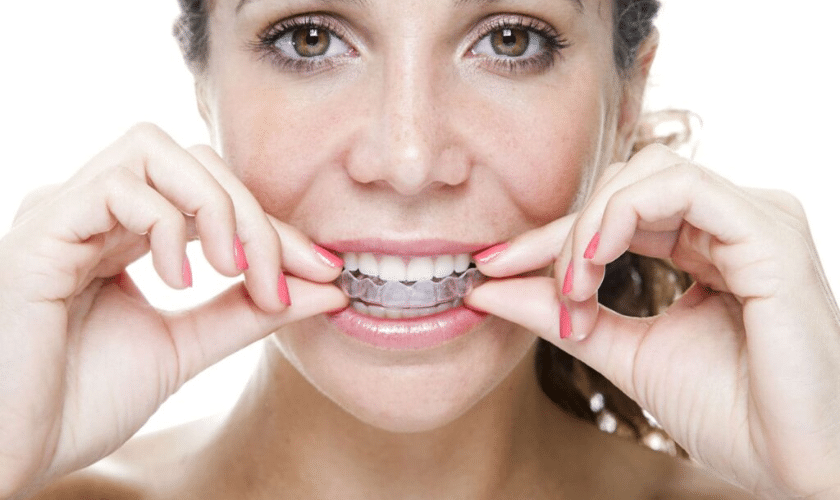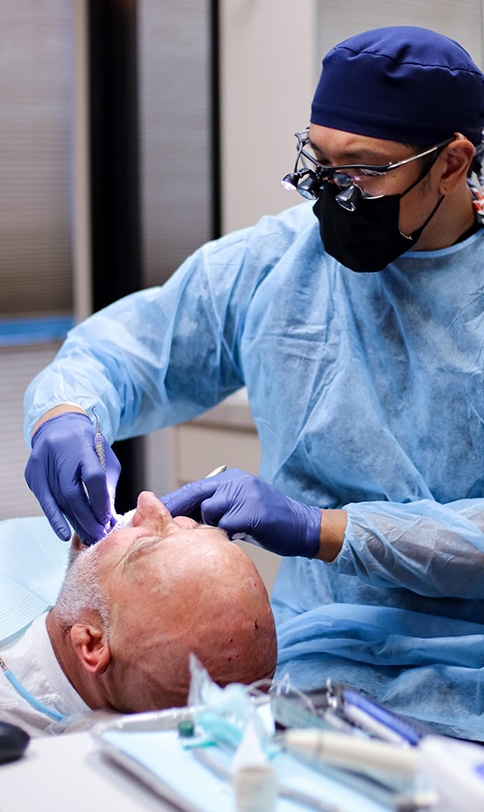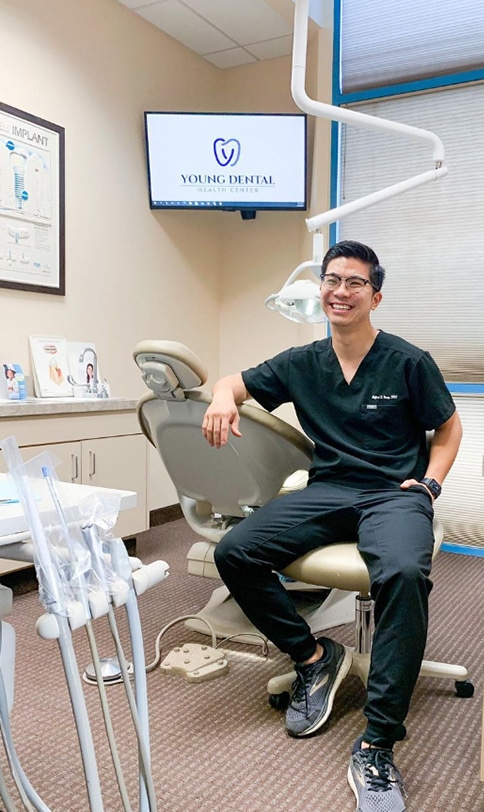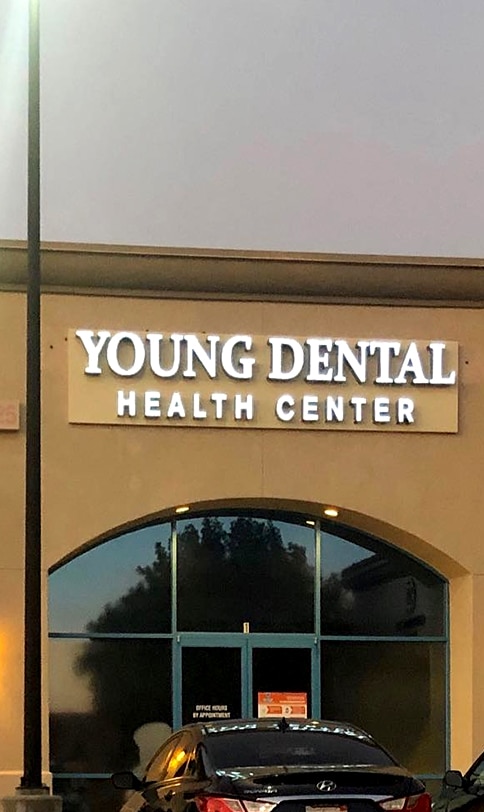E-mail Us
Invisalign vs. Braces: Which Is the Better Option?
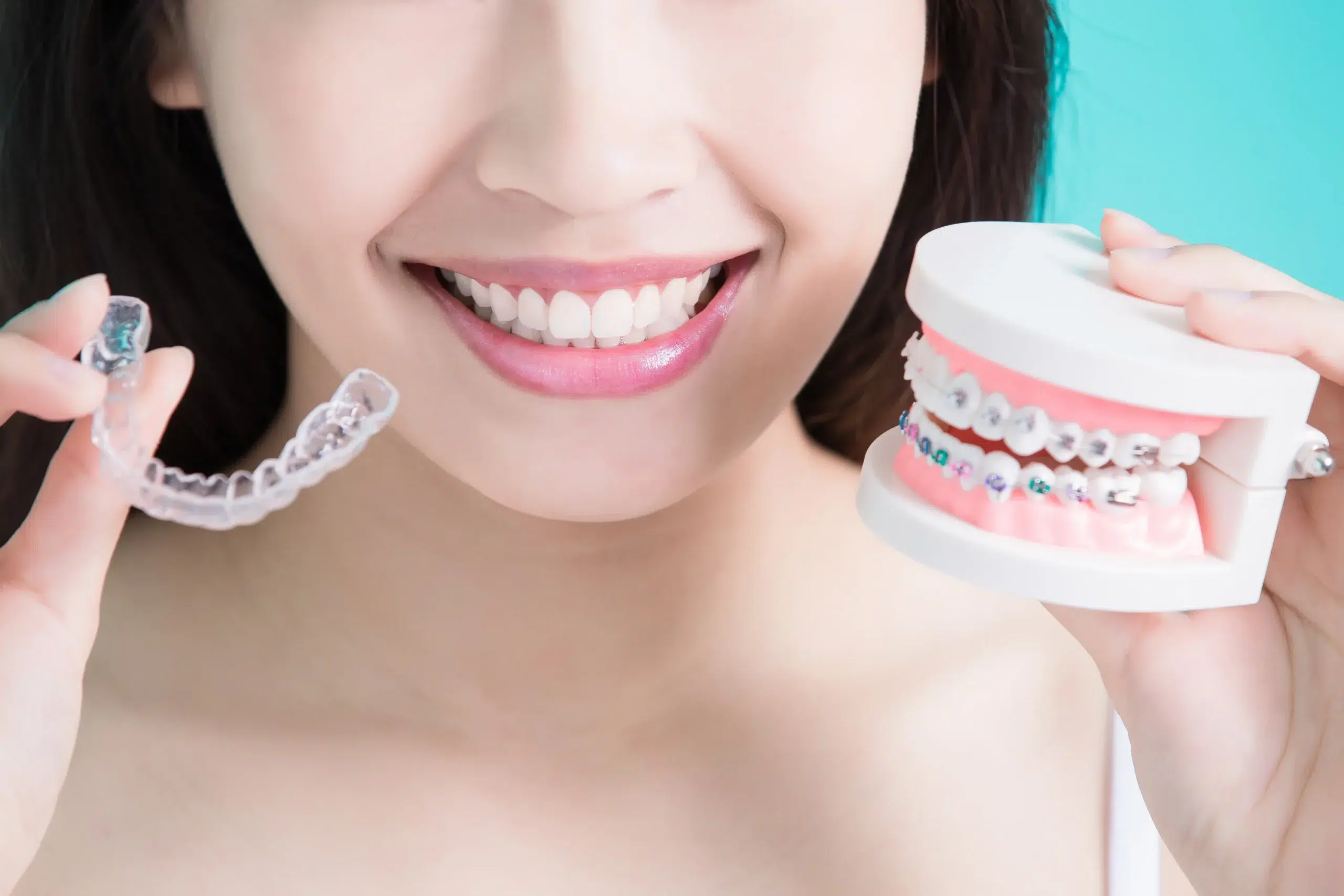
Imagine looking in the mirror and seeing that perfect smile you’ve always wanted. But the question is—how do you get there? Should you choose traditional braces or the more modern route with Invisalign? Both options can straighten teeth but work differently and cater to different needs. Let’s dive into the details and help you determine your best fit.
What’s the Difference Between Invisalign and Braces?
Before we compare the two, let’s get a solid understanding of how each option works.
Braces use metal brackets and wires to shift your teeth into alignment gradually. They’ve been around for decades and are a tried-and-true method for treating complex orthodontic issues like overbites, underbites, and severe crowding.

Invisalign, on the other hand, is a newer technology that uses a series of clear, removable aligners to move teeth. These aligners are made of plastic, designed to fit snugly over teeth, and are changed out every few weeks as teeth slowly shift.
Now, let’s answer the question: Which option is better for you?
Aesthetic Appeal: Which One Looks Better?
If appearance is a priority, Invisalign is likely to win this round. Its clear, almost invisible aligners make it difficult for others to notice you’re wearing them. This can especially appeal to adults or teenagers who might feel self-conscious about traditional metal braces. With braces, those metal brackets are front and center, which can be a downside for many who want a more discreet option.
That said, some people enjoy customizing their braces with different-colored bands, which makes their orthodontic journey more fun and personalized.
Comfort: What Feels Better in Your Mouth?
Comfort is a significant factor when deciding between Invisalign and braces. Braces involve metal components that can sometimes poke or irritate the inside of your mouth, especially when you first get them or after adjustments. You may need to use wax to cover any sharp edges, and it can take time to get used to them.
Invisalign, however, uses smooth plastic aligners that are less likely to cause discomfort. There are no metal parts involved, so you won’t have to deal with any sharp edges or poking wires. Plus, since the aligners are removable, you can take them out for a break if your teeth feel sore. That flexibility can make Invisalign a more comfortable option for some people.
Ease of Cleaning: How Hard Is It to Keep Them Clean?
Dental hygiene is key to overall health, and this is one area where Invisalign has a clear advantage. Since Invisalign aligners are removable, brushing and flossing your teeth is much easier than it usually is. You simply remove the aligners, brush your teeth, clean them, and pop them back in.
Braces, on the other hand, can make brushing and flossing more challenging. The brackets and wires create more places for food particles to get stuck, and flossing between braces requires special tools like threaders or water flossers. While it’s certainly doable, it does take more effort to maintain proper oral hygiene with braces.
Treatment Time: Which Works Faster?
Both Invisalign and braces are effective, but the time it takes to achieve your perfect smile can vary. Braces typically take between 18 months and 3 years to complete treatment, depending on the complexity of your case. They’re on your teeth 24/7, working around the clock to shift your teeth into place.
While still effective, Invisalign may take a bit longer for more severe cases. Treatment times for Invisalign usually range from 12 to 24 months, but they can vary depending on how disciplined you are about wearing the aligners. Since Invisalign aligners are removable, there’s a temptation to take them out more frequently than you should, which can extend the treatment time.
Lifestyle: Which Option Fits Your Routine Better?
Invisalign shines when it comes to lifestyle flexibility. You can take the aligners out for eating, drinking, and special occasions. This means no food restrictions—enjoy that popcorn or bite a crisp apple without a second thought! Invisalign also makes it easier for athletes who need to wear mouthguards during sports or for musicians who play wind instruments, as the aligners are removable and less obstructive.
Unfortunately, braces come with certain limitations. Foods like hard candies, sticky snacks, and gum are off-limits because they can damage the brackets or get stuck in the wires. You’ll need to be more careful about what you eat, which might sometimes feel restrictive.
Orthodontic Complexity: What Can Each Option Fix?
When it comes to treating complex dental issues, braces are typically the go-to solution. They can handle more severe crowding, spacing, and bite problems. Since braces are fixed to your teeth, they provide more control over the precise movements needed to align your smile.
Invisalign is an excellent option for mild to moderate alignment issues. While advancements have been made to treat more complex cases, it’s still not as versatile as braces when handling severe bite corrections or extremely crooked teeth. Your orthodontist will ultimately determine whether Invisalign is appropriate for your situation based on the complexity of your case.
Maintenance and Care: How Easy Are They to Look After?
Both braces and Invisalign require care, but they do so in different ways. With braces, you’ll need to visit your orthodontist regularly for adjustments and to ensure everything is moving in the right direction. You’ll also need to watch out for broken brackets or wires, which might require an emergency trip to the office.
Invisalign requires fewer in-office visits since no adjustments are needed, but you’ll need to change out your aligners every one to two weeks. The aligners themselves need to be cleaned regularly, and you’ll have to brush your teeth after every meal to avoid trapping food particles between your teeth and the aligners.
Both Invisalign and braces have their own pros and cons, and the best choice will depend on your preferences and orthodontic needs. If aesthetics, comfort, and lifestyle flexibility are high on your priority list, Invisalign may be the better option. However, braces might be the way to go if you’re dealing with more complex orthodontic issues.
The choice between Invisalign vs. Braces ultimately comes down to what fits your needs, and of course, a consult with your dentist will help steer you in the right direction. Either way, you’ll be on your way to a straighter, healthier smile—whether you choose Invisalign or braces.



